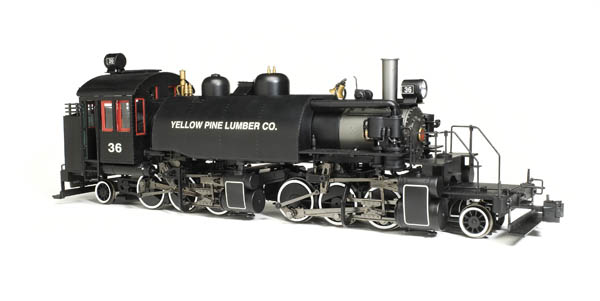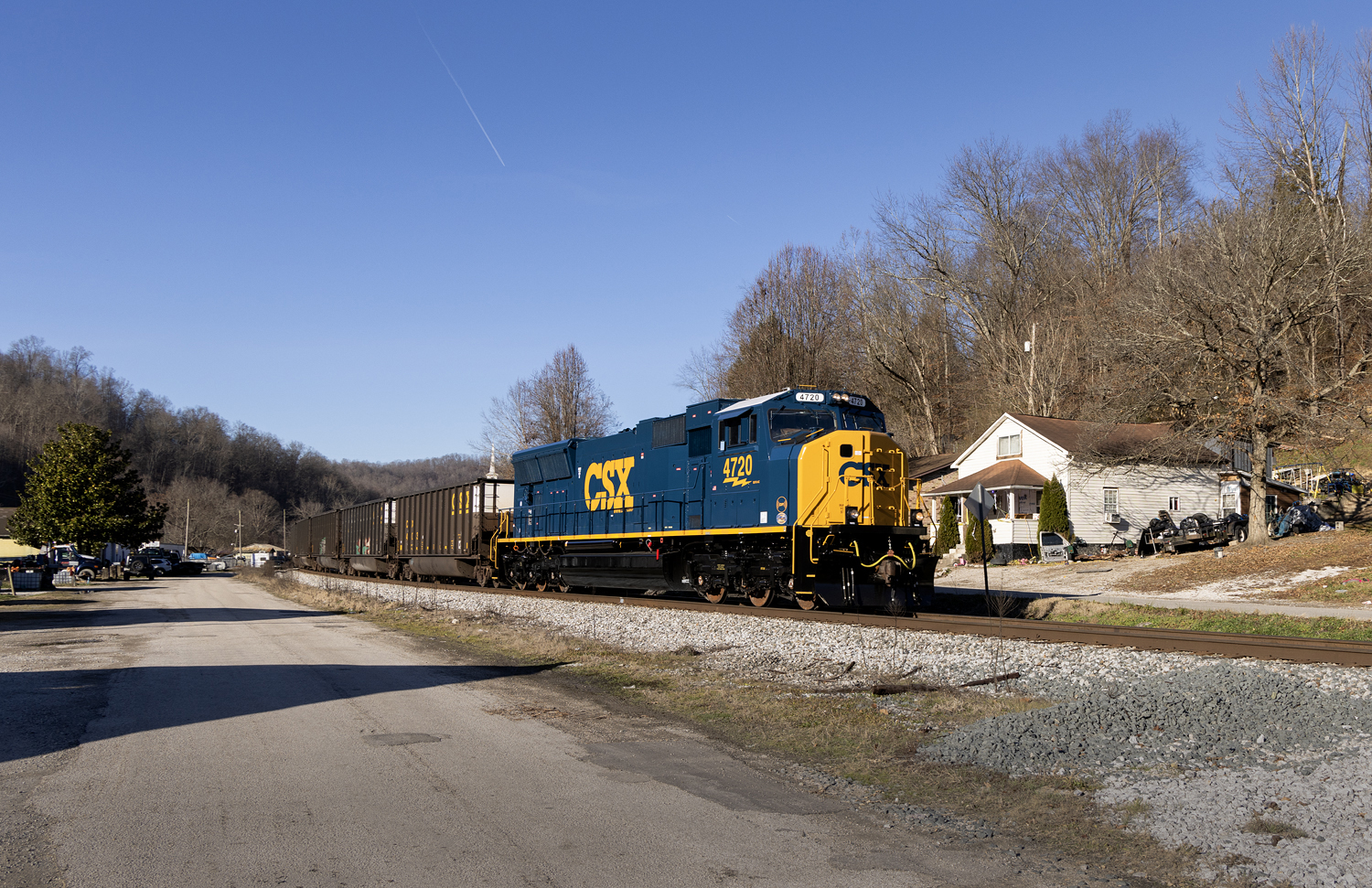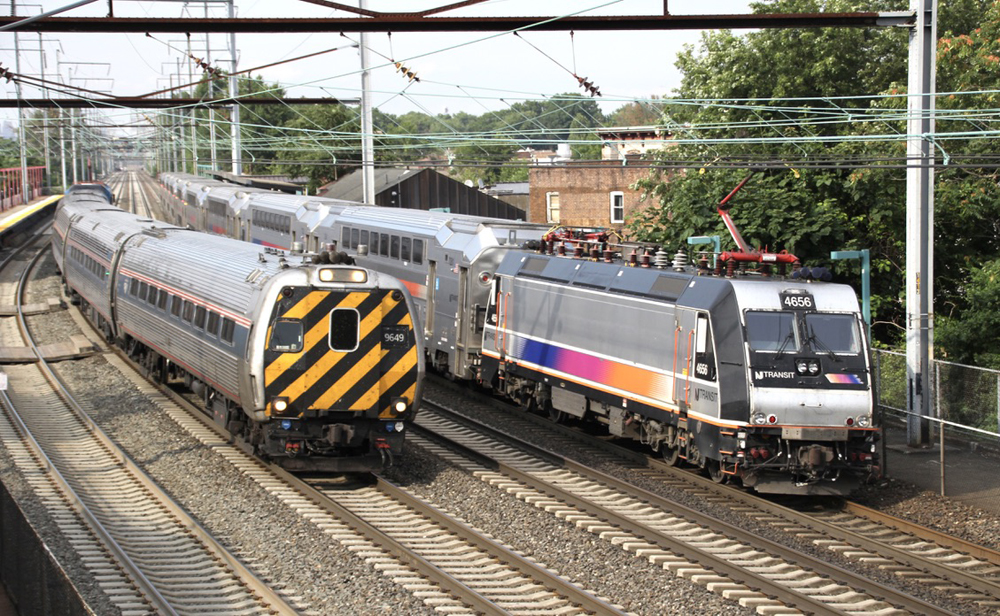The prototype. Although there was never a physical prototype for this model, it follows a prototype design. As Bachmann explains, in 1928, the Biles-Coleman Lumber Co. asked the Baldwin Locomotive Works to design a 2-6-6-2, narrow gauge tank engine for it. Baldwin responded by scaling down a similar standard gauge engine. With the onset of the Great Depression, this 2-6-6-2T was never built.
Along with the Yellow Pine Lumber Co., the Bachmann Spectrum series model is available decorated for the Little River Logging Co., Oregon Lumber Co., and West Virginia Pulp & Paper, as well as two undecorated versions.
The model. On a prototype articulated steam locomotive, the rear engine would be rigidly attached while the front would swing. On the model, both engines pivot.
Two large DC motors with flywheels are geared 35:1. Each one powers a gearbox mounted to the second axle on each engine. These axles are also sprung. The metal side rods of each engine transfer power to the other axles. The lead and trailing trucks are sprung. All the metal wheels are in gauge.
The front coupler is tied in with the motion of the leading truck, while the rear is self-centering. User-installed body-mounted couplers are supplied. The couplers are die-cast metal with working knuckles. Both couplers are mounted at the correct height, following National Model Railroad Association standard S-2.
Full interior detail and crew figures are supplied. The locomotive can be set up as a coal or oil burner. The boiler holds the electronics – four switches control motor on/off, flickering firebox light, polarity, battery/track power, and DCC/DC. A printed-circuit (PC) board in place for DC track power can be replaced with a decoder for DCC operation. Also, there’s a chuff sensor on the rear chassis for sound systems, but no speaker.
Performance. Using a DC power pack, the engine performs well. It started to creep at around 3V. The locomotive’s slow-speed performance is excellent and speed control is good. The model’s top speed, at 24V, is unprototypically fast, though. The flywheel action on the motors provides extremely smooth operation. The down side to this is that the engine won’t stop on a dime. Drawbar pull was measured at two pounds, six ounces, or enough for about 30 free-rolling large scale freight cars on straight, level track. This is adequate, although I think that the tractive effort could be improved by adding weight. At 24V, full slip, the engine drew 2.5 amps.
This impressive locomotive offers lots of potential for add-on sound and control, and it should give kitbashers plenty of food for thought.
Price: $1,250
Manufacturer
Bachmann Industries
1400 East Erie Ave.
Philadelphia PA 19124
www.bachmanntrains.com
Era: 1928 to 1950s (theoretical)
Features
Constant light-emitting-diode headlight, cab interior light, and backup light
Electrical interface for Digital Command Control and radio control
Electrical pickup on all drivers
Includes DVD and user-applied detail parts
Two 24V motors with flywheels
Weight: 12 pounds, 4 ounces














